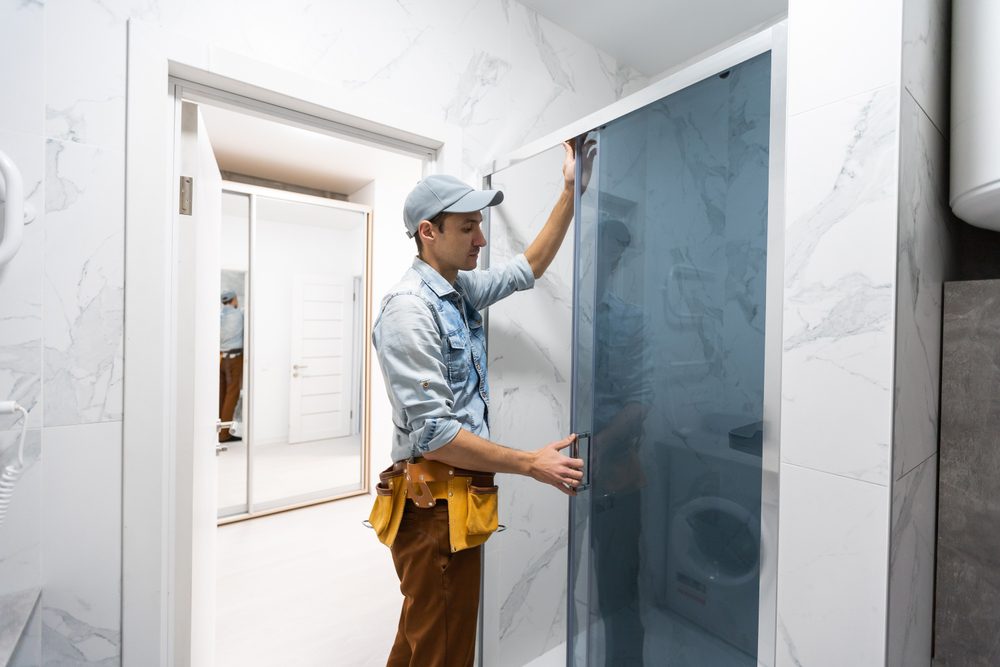How Long Does It Take to Remodel a Bathroom in Mission Viejo?
It’s crucial to give your bathroom renovation the attention it deserves. For your benefit, we have written this tutorial. This is where you’ll find solutions if you want your new bathroom to be stylish and practical but need help figuring out where to begin. With a little perseverance and investigation into the different aspects that influence the process, your ideal bathroom is attainable!
Contents
- 1 How long does it take to remodel a bathroom?
- 2 Understanding the Bathroom Remodeling Process
- 3 Phase 1: Planning and Design
- 4 Phase 2: Preparing for Construction
- 5 Phase 3: Demolition and Preparation
- 6 Phase 4: Construction and Installation
- 7 Phase 5: Finishing Touches
- 8 Phase 6: Final Inspections and Clean-Up
How long does it take to remodel a bathroom?
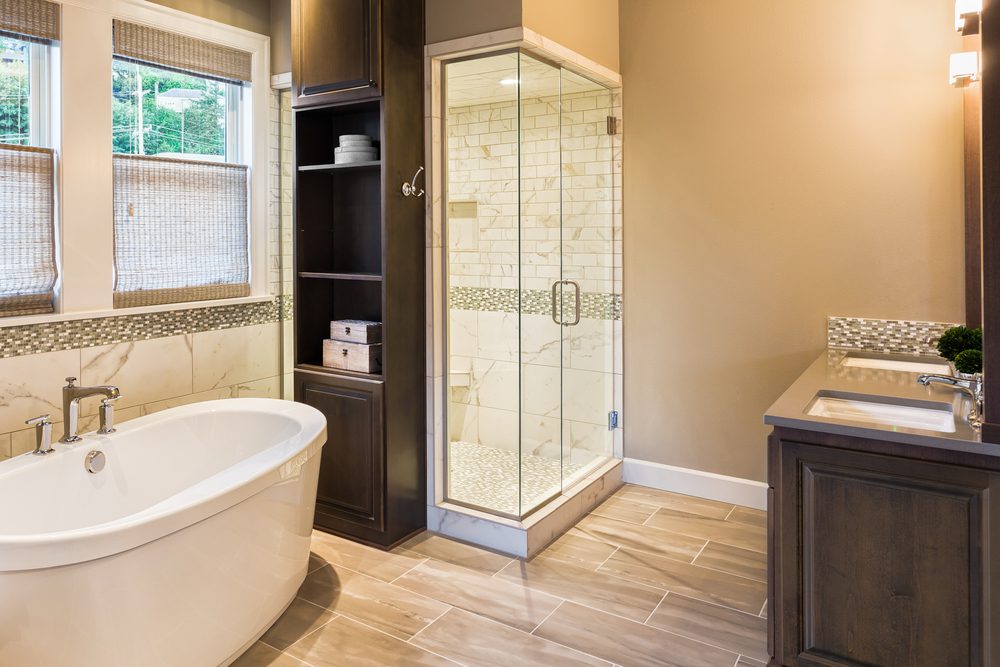

That’s another easy question with an equally complicated answer. It depends on the size of your main bathroom and its layout and how much time and money you’re willing to invest in improving it.
If we had to give a general estimate for how long this process would take, on average, about two months from the start (taking measurements) until the finish (putting everything back together). If all goes smoothly with permits and inspections along the way (and there are no major complications), this timeline could be reduced by about 25%.
So let’s say that if everything goes smoothly for our hypothetical homeowner above–which may or may not be true depending upon their contractor’s experience level–their project would take somewhere between 16 weeks (about four months) up to 22 weeks (just over six months).
Understanding the Bathroom Remodeling Process
Understanding the bathroom remodeling process is important to know how long it will take. The process can be explained in six phases, each with a different set of tasks and time requirements:
· Planning and Designing – Here, you’ll learn what supplies you’ll need for your project, their costs, where to buy them, and how long installation should take. This also includes selecting a contractor, if necessary (you might already have one).
· Building Permits/Site Prep – You’ll need permits if working within city limits or near utility lines; this will require some site prep work before any construction takes place. If installing plumbing fixtures or electrical outlets into walls, this step may not apply, but double-check with your local building department first, just in case!
Phase 1: Planning and Design
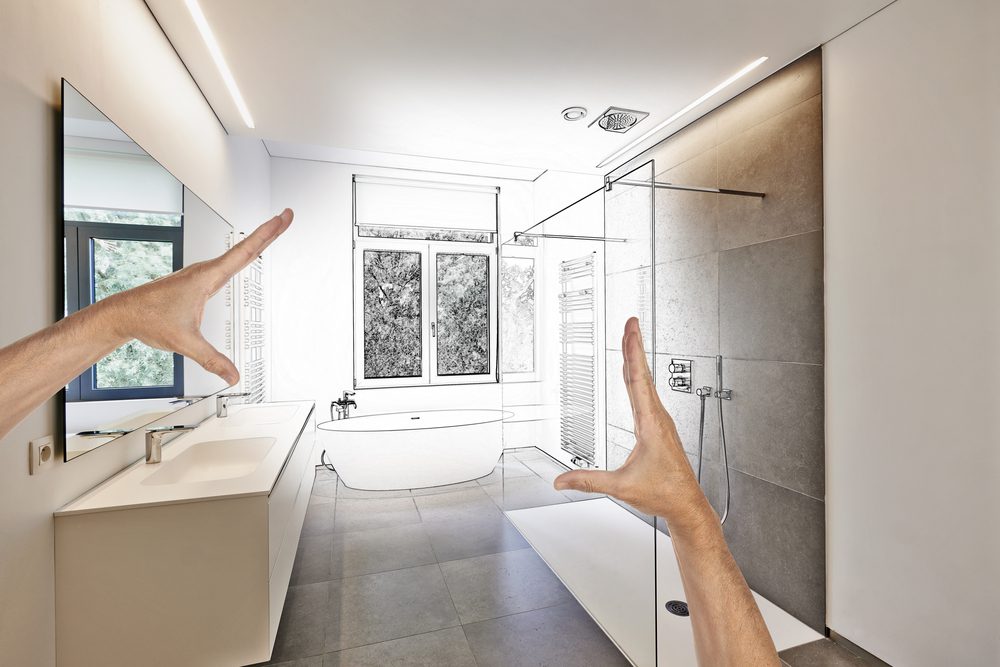

You get to decide everything here, including the design of your bathroom, its price, and how long it will take to complete. This is the time to get the bespoke shower you’ve always wanted, complete with built-in benches or the luxurious marble vanity top you’ve always wanted, complete with drawers beneath!
The design process is collaborative, so we’ll discuss all these options with you while also considering any existing elements that might need preservation (like tile). You may have some ideas in mind already, or we can help develop some new ones together. We’ll also discuss costs and budgeting because remodeling projects often require additional materials and labor costs beyond what was originally quoted based on changes made during construction (such as moving walls).
Phase 2: Preparing for Construction
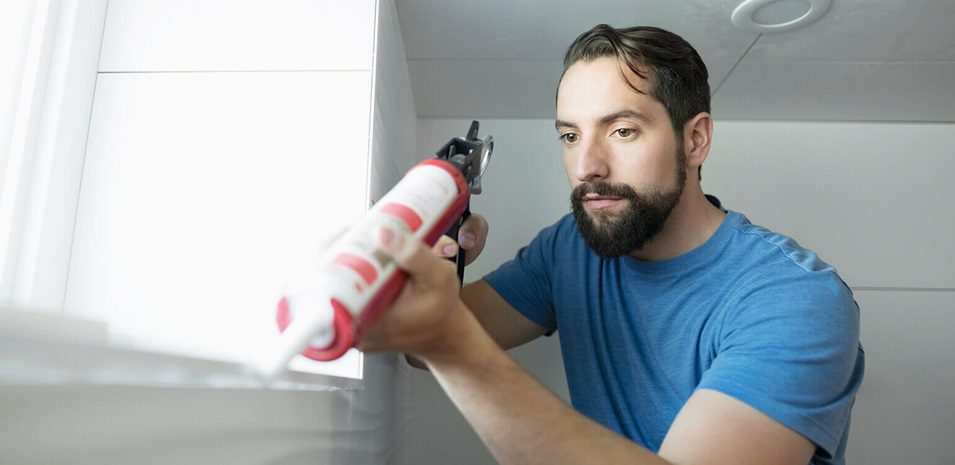

In Phase 2, you’ll prepare your bathroom for construction. This includes removing fixtures and appliances and removing the existing flooring and baseboards.
You may also need to remove any tile or carpeting, toilet and sink, shower or tub–and any window panes or frames obstructing work on the wall behind them.
Phase 3: Demolition and Preparation
You’ll notice significant changes to your bathroom during this stage. Everything that needs to be removed, including outdated fixtures, paint, tiling, and flooring, will be done in this phase as you prepare the area for remodeling. This includes things like removing the following:
· Old fixtures (faucets, sinks)
· Old tile (flooring)
· Paint(s) on walls or ceiling; if the wallpaper is underneath, it may also require removal.
If there are any cabinets or countertops still in place when work begins in Phase 2 (remodel), they will need to be removed at this point for contractors to access plumbing lines behind them.
Phase 4: Construction and Installation
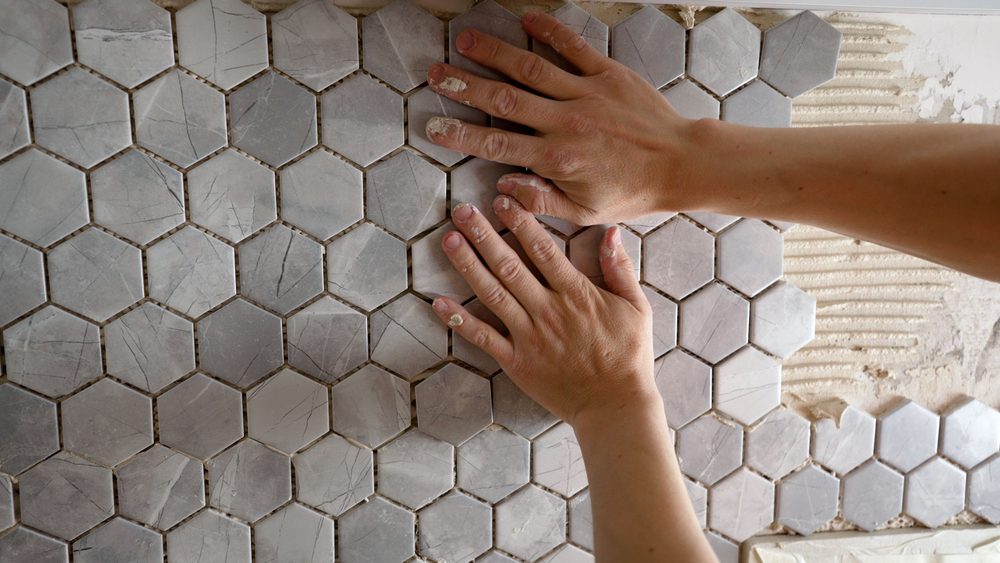

This is when all the plumbing, electrical, and tiling work is done. It’s also when you’ll receive your custom cabinets, flooring, and fixtures.
In this phase of a remodel project:
· Tilework can be installed in showers or tubs
· Showers can be installed with custom glass enclosures
· Toilets are installed
Phase 5: Finishing Touches
This step includes installing fixtures like faucets and shower heads; tile on the walls and floor; cabinets in which to store your belongings; floorings such as carpet or hardwood that will protect your feet as well as help keep them warm in winter months; countertops made from marble or granite (these are often chosen because they’re durable surfaces that can withstand daily use); lighting above mirrors so you can see what’s going on when applying makeup or shaving; plumbing fixtures like sinks and toilets–and many other pieces needed for a fully functioning bathroom!
Once everything is installed properly, we’ll move on to drywall installation, where the drywall compound will be applied over seams between sheets before sanding down any rough patches left behind from taping off areas during the painting stage earlier last week.
Phase 6: Final Inspections and Clean-Up
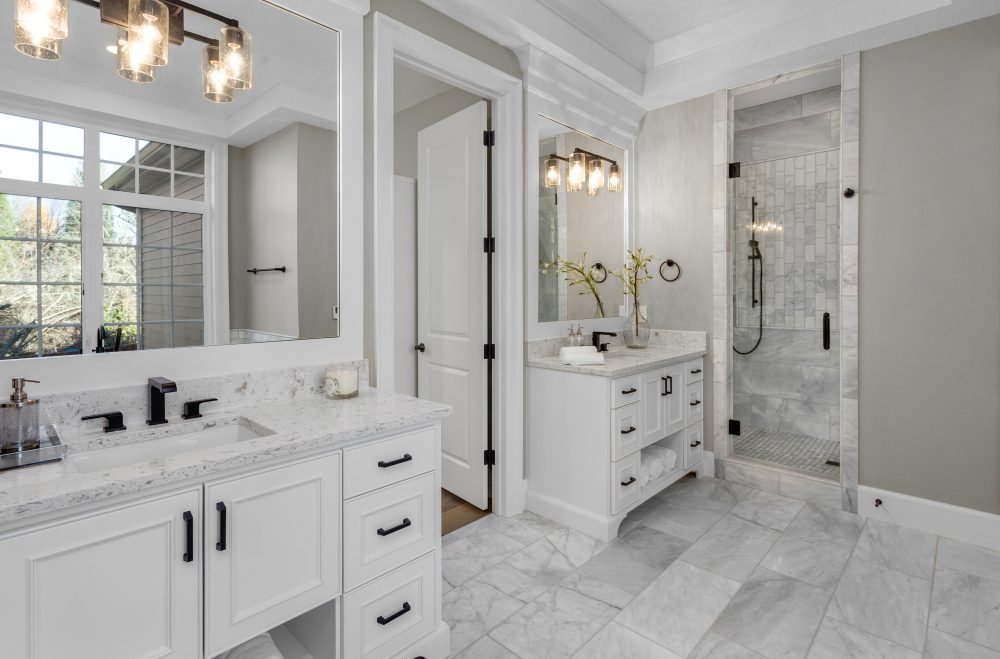

When the work is finished, you can use your brand-new bathroom. It’s crucial to hold off on taking possession of your home until all the renovations have been completed. Additionally, remember that unanticipated problems or delays from contractors working on other projects concurrently with yours can cause remodeling jobs to take longer than expected. Take your time with this occurring with your project; just be patient!
Now, let’s talk about the current condition of your bathroom. If you stumble upon structural issues like leaks, fractures, or water damage, or if your fixtures are outdated and begging to be replaced (I’m looking at you, old tubs), you can bet your bottom dollar that these things will stretch the timeline.
And hey, remember the weather, my mate! It can be a real game-changer. Some materials require specific temperatures for smooth installation, and Mother Nature can either lend a helping hand or throw a wrench in your plans. She’s a cheeky one, that weather!
But fear not; we’ve got a few tips to streamline your bathroom remodeling journey. First things first, take your time and plan it out properly.
Here’s a nugget of wisdom: never overlook unexpected expenses when budgeting for your project. It’s always better to prepare for surprises. It’s like having a safety net. If those surprises turn out to be less costly than anticipated, that’s a win-win. But if they end up being pricier, at least you’ll be ready for it. Better safe than sorry, right?
Now, let’s tackle several frequently asked questions about bathroom remodeling.
First, is it a tough gig to remodel a bathroom yourself? Well, it’s not rocket science, but it depends on what you’re aiming for. But if you’re taking on bigger changes like structural work or plumbing, such as adding an extra sink or toilet, brace yourself for a timeline of up to six months. You’ll need permits and everything done right. Safety first!
And what about a main bathroom renovation?
Ah, the age-old query! The time it takes to revamp a main bathroom depends on the scope of work and the space size. With a seasoned contractor, you could look at approximately two weeks to get everything wrapped up. But remember that unexpected challenges, like removing old tile floors or dealing with plumbing snags, may pop up.
If you’re in a hurry and speed matters more than quality (although quality usually trumps speed), you could hire someone without specialized remodeling skills. But investing in an expert is the way to go if you value top-notch results and finishing ahead of the pack. They’ve got the know-how to deliver superior results, my friend!
In conclusion, consulting a professional is the best approach to receiving an exact timeframe for your bathroom renovation job. They know firsthand how long it will take because they have already been there and done that. Visit Unique Kitchen & Baths for a free remodeling consultation.
